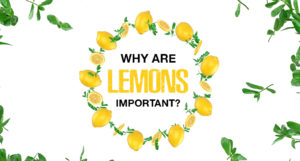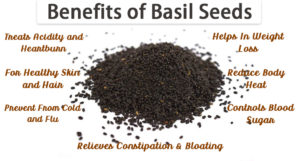Sugar businesses are up in arms against the government’s decision to discontinue the use of sugarcane juice and syrup to produce ethanol in the 2023-24 season. To address this, the Centre is thoroughly working with oil marketing firms (OMCs) in search of a workable solution. The sugar mills’ opposition is understandable since of the total ethanol production, around 28 percent is from sugarcane juice, earning them huge revenues. So, this step is likely to hit their earnings.
The centre will likely find it challenging to meet the ethanol fuel-blending target after the move.
The Centre’s recent suspension aims to maintain adequate sugar availability for domestic usage while also stabilising prices.
India is the second largest producer of sugar and ethanol in the world. According to the Indian Sugar Mills Association (ISMA), India’s sugar production fell by 6% to 311 lakh tonnes until April 15 of the 2022-23 financial year due to lower output in Maharashtra. This time frame of sugar production runs from October to September.
In comparison, the previous year’s sugar output was 328.7 lakh tonnes during the same period. Notably, sugar production in Uttar Pradesh increased from 94.4 lakh tonnes in the previous year to 96.6 lakh tonnes from October 1, 2022 to April 15, 2023.
However, Maharashtra’s sugar output fell to 105 lakh tonnes from 126.5 lakh tonnes, while Karnataka’s output fell to 55.3 lakh tonnes from 58 lakh tonnes.
And, following the recent notification of prohibition on the use of sugarcane juice or syrup for manufacturing in 2023-24, the government now faces major issues in meeting the ethanol fuel-blending goal.
Sugarcane juice and syrup supply around 25-30% of the ethanol used in gasoline mixing. Another 45% comes from B-heavy molasses, which is the residue left over after two rounds of sugar extraction from sugarcane juice. The remainder comes from C-heavy molasses, which is the byproduct of three rounds of sugar production.
Nonetheless, the government has still approved the use of B-heavy molasses, C- heavy Molasses and grains in the manufacturing of ethanol.
What is B-Molasses ethanol?
After sugar crystallises from concentrated sugarcane juice, molasses – a thick dark liquid – is left as a by-product. It keeps about 30% of the sucrose that cannot be removed during crystallisation. Molasses goes through the process of dilution, the addition of ammonium salts, the addition of yeast, followed by distillation of wash resulting in the production of ethanol from B-Molasses.
Indian Sugar Mills Association Take on the Issue:
ISMA has requested that distilleries be permitted to process the current supply of sugarcane juice into ethanol until December 10 to preserve uninterrupted operations. They also want to supply this ethanol to oil marketing businesses until December 20 to ensure a smooth transition.
As a sign of relief, the regulatory body has proposed raising the pricing of ethanol derived from B and C heavy molasses as a compensatory step to avoid potential delays or defaults in farmer payments due to decreased ethanol production from juice and syrup.








